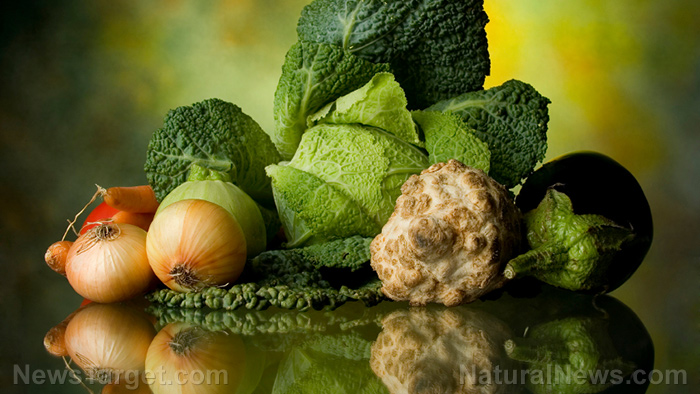
When you get sick, the regenerative processes of the body are overcome by degenerative ones. Regeneration is described as the regrowth of a damaged or missing part of the remaining tissue. Some body organs, such as the liver and skin, can regenerate. For example, when a part of the liver is lost as a result of disease or injury, the liver can grow back to its original size. Even so, it will not grow back to its original shape. The skin, on the other hand, is constantly being renewed and repaired.
However, a lot of human tissues do not regenerate. As a result, scientists continue to search for ways to regenerate body tissues through medicines. Unfortunately, medicines based on drugs use chemicals that do not possess regenerative potential. Drug-based medicines almost always disrupt bodily self-renewal in order to hamper the symptoms against which they are applied. Listed below are natural compounds, foods, herbs, and nutrients that can help regenerate tissues in the body.
- Neuritogenic compounds – For nerve regeneration, there is a wide variety of natural compounds with proven nerve-regeneration effects. A 2010 study published in the journal Rejuvenation Research found that a combination of blueberry, green tea, and carnosine have neuritogenic effects – such as promoting neuronal regeneration, and stem-call regenerative effects – in an animal model of neurodegenerative disease. Other proven neuritogenic natural compounds include curcumin, lion’s mane mushroom, ginseng, huperzine, natto, red sage, resveratrol, royal jelly, theanine, ashwaganda, coffee, and apigenin, which can be found in vegetables like celery. (Related: New Study: Turmeric Compound Activates Regeneration of Brain Stem Cells.)
- Remyelinating compounds – Another class of nerve-healing substances called remyelinating compounds can stimulate the repair of the protective sheath around the axon of the neurons called myelin, which is frequently impaired in neurological injury and/or dysfunction.
- Liver regenerative compounds – Natural compounds for liver regeneration include glycyrrhizin, which is found in licorice and can be used as a potent anti-SARS agent. The compound can also prompt the regeneration of liver mass and function, based on a study in an animal model of hepatectomy. Other liver regenerative compounds include curcumin, Korean ginseng, rooibos, vitamin E, and carvacrol, which can be found in oregano.
- Beta-cell regenerative compounds – Beta-cells are responsible for storing and releasing insulin. They are destroyed in insulin-dependent diabetes. Thus, restoration of these cells may theoretically restore the health of a diabetes patient. Foods and nutrients such as Gymenna sylvestre, nigella sativa, vitamin D, curcumin, arginine, avocado, berberine, bitter melon, chard, corn silk, stevia, and sulforaphane are known to regenerate beta-cells.
- Neocardiogenic substances – Neocardiogenic substances is a class of heart-tissue regenerating compounds. These compounds are said to stimulate the formation of cardiac progenitor cells which can differentiate into healthy heart tissue. Nutrients and compounds such as resveratrol, Siberian ginseng, red wine extract, Geum japonicum, and n-acetyl-cysteine belong to this class.
- Joint and spine regenerating compounds – Curcumin and resveratrol enhance recovery from a spinal cord injury, while aloe vera, boswellia, cat’s claw, eucalyptus, ginger, green tea, thunder god vine, turmeric, and willow bark help prevent and/or treat degenerative joint diseases like osteoarthritis.
Mother Nature’s micronutrient secret: Organic Broccoli Sprout Capsules now available, delivering 280mg of high-density nutrition, including the extraordinary “sulforaphane” and “glucosinolate” nutrients found only in cruciferous healing foods. Every lot laboratory tested. See availability here.
If you’d like to read more news stories and studies on natural treatments, visit Cures today.
Sources include:
GreenMedInfo
EuroStemCell.org
Diabetes.co.uk
Healthline
